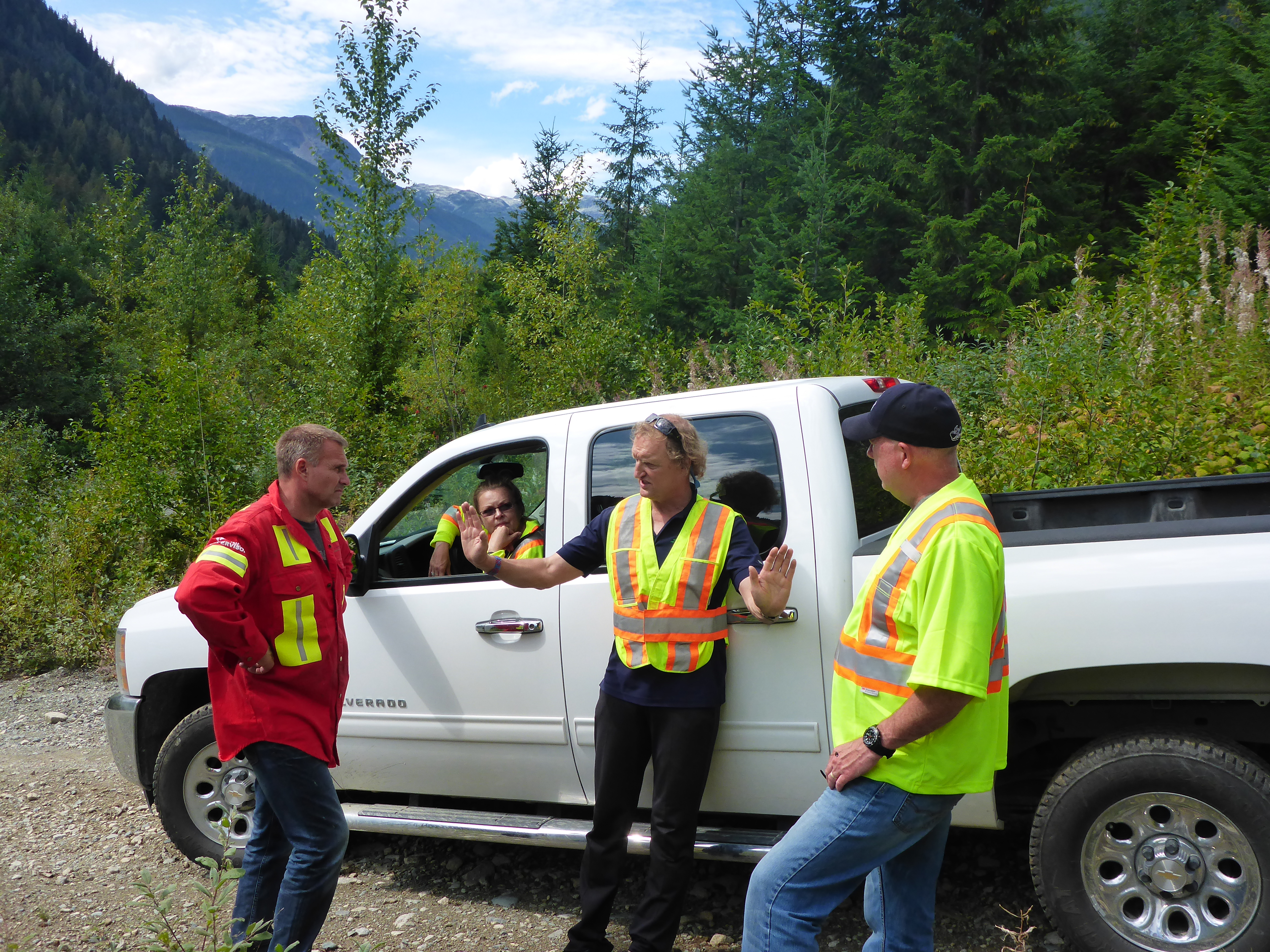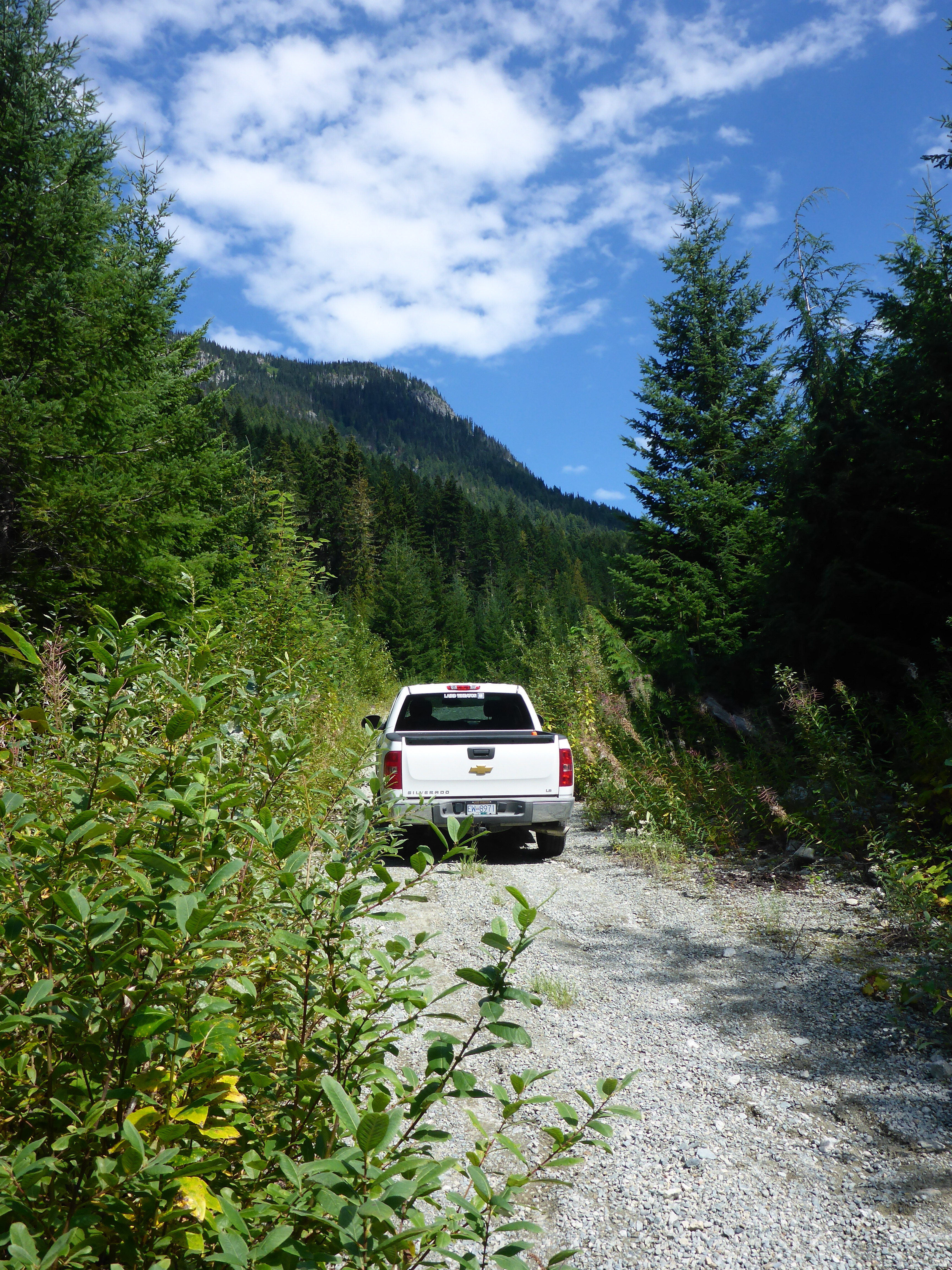
I suspect you might be a lot like me when it comes to driving. You’ve spent most of your life driving vehicles, covering many thousands of kilometers of gravel road all over the province. You’ve had no serious driving incidents, and consider yourself a good driver.
Let me explain why this is the perfect time for you to take a driver training course.
Driving is a skill that most of us practice every day and when we do something that often, we develop habits both good and bad. Participating in driver training will give you the benefit of having a professional driving instructor in the seat beside you, showing you how to reinforce the good practices and correct the bad.
Consider some of the following good driving practices that I learned during my recent driver training:
- Driving Position and Posture – I hadn’t spent so much time correcting my posture since elementary school! Sitting properly in your vehicle improves alertness, speeds up reaction time, and creates a good connection between you and the vehicle. Picture a professional athlete in a relaxed but ready stance. It’s the same idea when you are driving. Position yourself so you are stable, but also ready to react when you need to.
- Preparation and Planning – Preparation for driving starts the day before you travel. Do you have good directions to your location? Is the pre-trip inspection done on your vehicle? Are you set up to get a good night’s sleep? All of these things are needed for a successful trip.
- Minimize distractions – It is difficult to eliminate all distractions while driving. We have radios, other people, and often a second office in our vehicles. Minimize these distractions by keeping the cab of your vehicle tidy, secure loose items, turn off the music and listen to the other road users calling their kilometers. Enlist your passengers to help with the task of driving. These co-pilots can help by watching for hazards such as wildlife or making the appropriate radio calls, helping the driver focus on the task of driving.
- Steering Technique – When I was a teenager, I learned to steer using the hand over hand technique which puts my arms in front of the steering wheel. This was before airbags were common in vehicles. My instructor mentioned that air bags deploy at up to 320 km/hr and your arms will get pushed back into your face at that speed if you use that technique. Enough said. I learned a new steering technique called push-pull steering to avoid that problem.
- Self-Checks and Taking Breaks – During long drives, getting tunnel vision or zoning out and not remembering the last few kilometers are good signals that a driver needs to take a break. Rather than trying to fight fatigue by opening the window or singing to yourself, stop in a safe spot, get out of the vehicle and walk around. This approach will refresh your body and mind and you’ll be ready to drive again after a short break.
- Vision – The next time you go for a drive, check to see how far you look ahead of your vehicle. Most drivers only look between 3 to 5 seconds ahead. Ideally, you want to be looking at least 12 seconds ahead of your vehicle and even further where possible. Looking this far ahead gives your eyes and brain more time to interpret what is happening in front of you and allows you to react accordingly.

Good driver training improves your skills and your driving attitude. The training makes you stop and consider all the abilities needed to be a safe driver and the tremendous responsibility that comes along with this. Reconnecting with this responsibility helps you cultivate the right driving attitude with qualities like patience, courtesy, and alertness.
Consider taking a refresher driver training course. The best way to hone these skills is in a vehicle with an experienced instructor by your side. Not only will you learn the right skills, you will also develop the right driving attitude -- a powerful combination to keep you safe.

Gerard Messier is the Manager of Training and Program Development at the BC Forest Safety Council. The Council is the industry's health and safety association and "one stop shop" for safety resources, tools and certification.
- Log in to post comments
